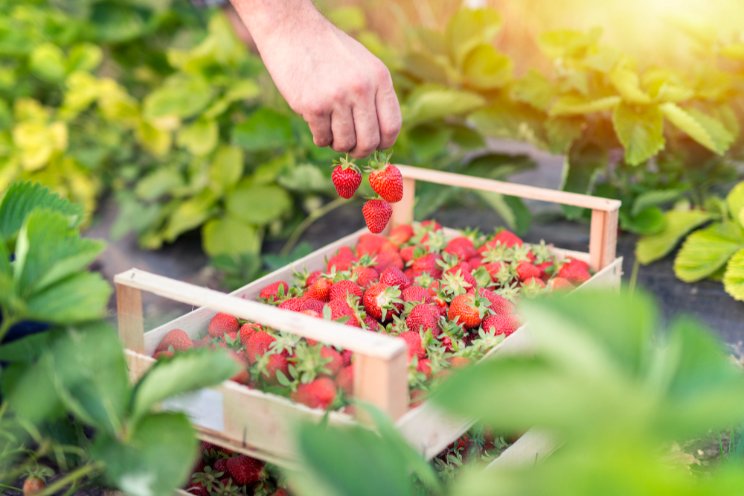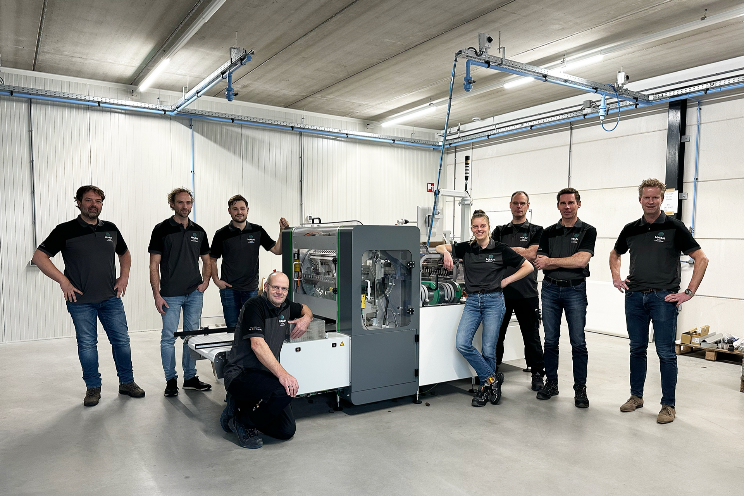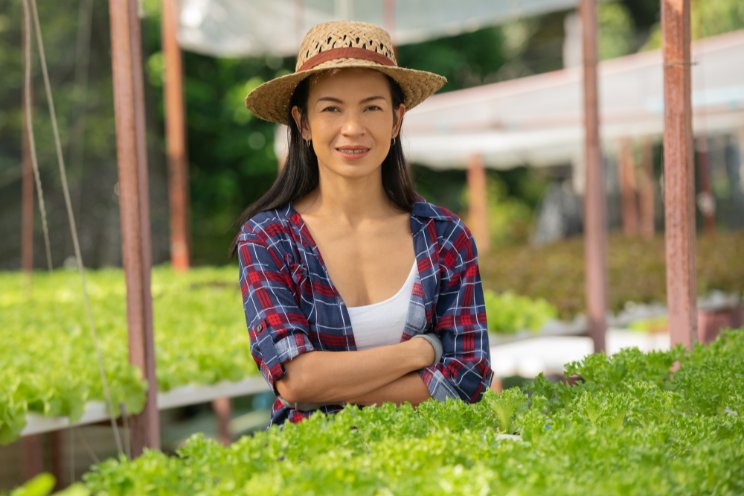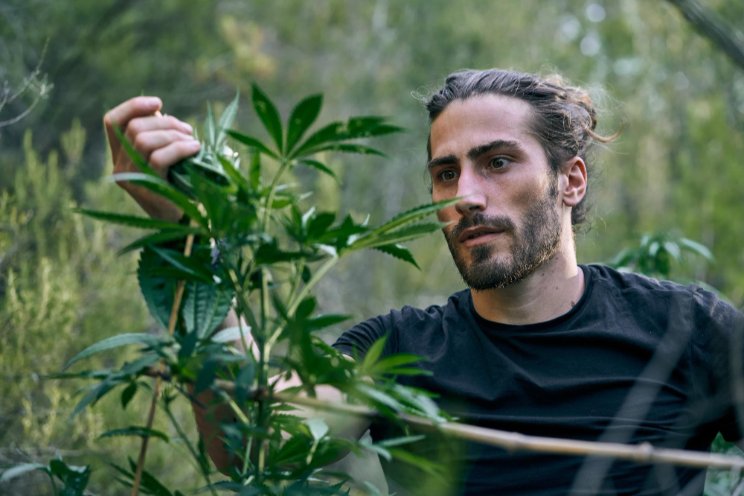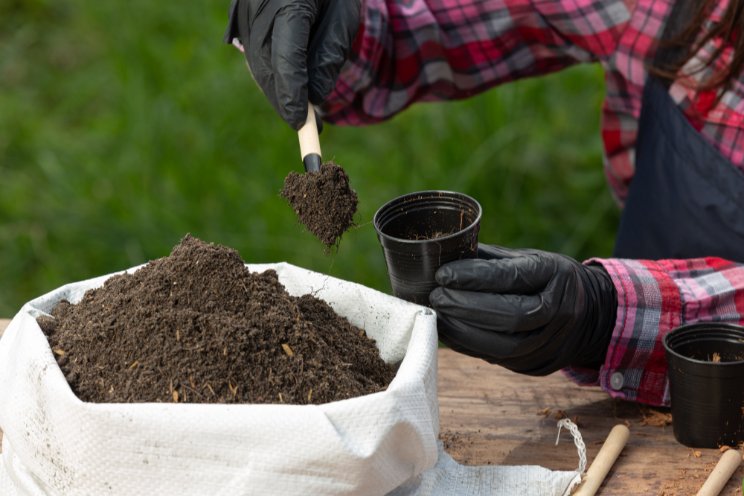Government develops smart greenhouse tech
Added on 13 January 2020
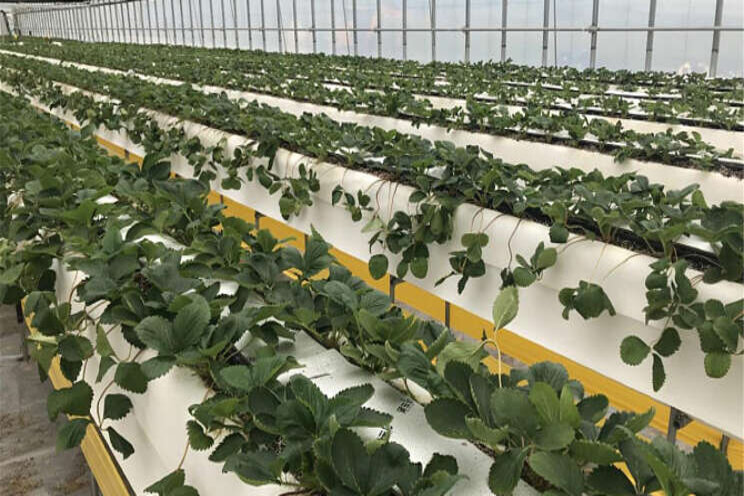
Accordingly, even in the summer, when the temperature is high, vegetables and flowers such as strawberries and roses will be able to be grown and harvested in a stable manner.
The Rural Development Administration (RDA) on Thursday unveiled a new greenhouse model, "High Temperature Enduring Innovative Smart Cooling House," which could change the concept of existing greenhouses.
The RDA built the facility in July to verify the availability of privately developed high-temperature coping techniques on-site and the applicability for vegetables, fruit and flowers.
The newly developed facility is 4 to 9 meters taller than existing wide-type greenhouses, which are typically 7 meters in height, in order to endure climate change such as heat, drought, and torrential rain.
Inside the greenhouse, a device was installed to provide oxygen and cold water on a cycle, and a large ventilation window was installed in the ceiling.
The new greenhouse also has fog spray, a shade curtain and air-conditioning facilities, which help to lower the maximum temperature in summer by 12 to 13 degrees compared to ordinary greenhouses that rely solely on ventilation.
The RDA planted 10,000 berries and 20,000 roses at the facility from the end of July until October, confirming that both crops have improved in growth and development compared to those grown in regular greenhouses.
Strawberries harvested from late last month averaged 11.6 brix, which were sweeter than the 10 brix typical for regular greenhouse strawberries.
The strawberries grown in the new greenhouse were also priced 13.4 percent higher than normal varieties.
The quality of roses also improved significantly, with the initial quantity increasing 3.1 times compared to those grown in regular greenhouses, and stems 1.5 times longer as well as thicker than typical roses.
In the future, the RDA plans to test the effectiveness of greenhouse gases by planting additional vegetables such as tomatoes and peppers and flower products such as daisies and orchids at the facility.
In particular, under a research agreement with the United Arab Emirates (UAE) signed in September, the government plans to supplement some of the facilities so that they can perform in desert areas and set them up on a trial basis sometime next year to review the possibility their use in the UAE.
Source: The Korea Bizwire
Photo Credit: Rural Development Administration
Source: The Korea Bizwire
More news

